
Bloodborne Pathogens in Manufacturing Environments
When most people think of bloodborne pathogen (BBP) exposure, they picture hospitals or medical labs, but the risk extends far beyond healthcare. Exposure to BBPs can happen pretty much anywhere. Manufacturing environments specifically, especially those involving...

Bloodborne Pathogens in the Workplace
If you work in the medical field, it’s almost guaranteed that you have heard of bloodborne pathogens (BBPs). BBPs are infectious microorganisms present in blood and (sometimes) other bodily fluids that can cause diseases in humans. The most common and concerning BBPs...

Industrial Athletes: The Importance of Stretch and Flex
Think about some of the athletes that you have seen throughout your life. The one thing that they all have in common is that they stretch and flex before workouts, practice, and competitions. The work that we do is just as physical as what athletes face, and it is...
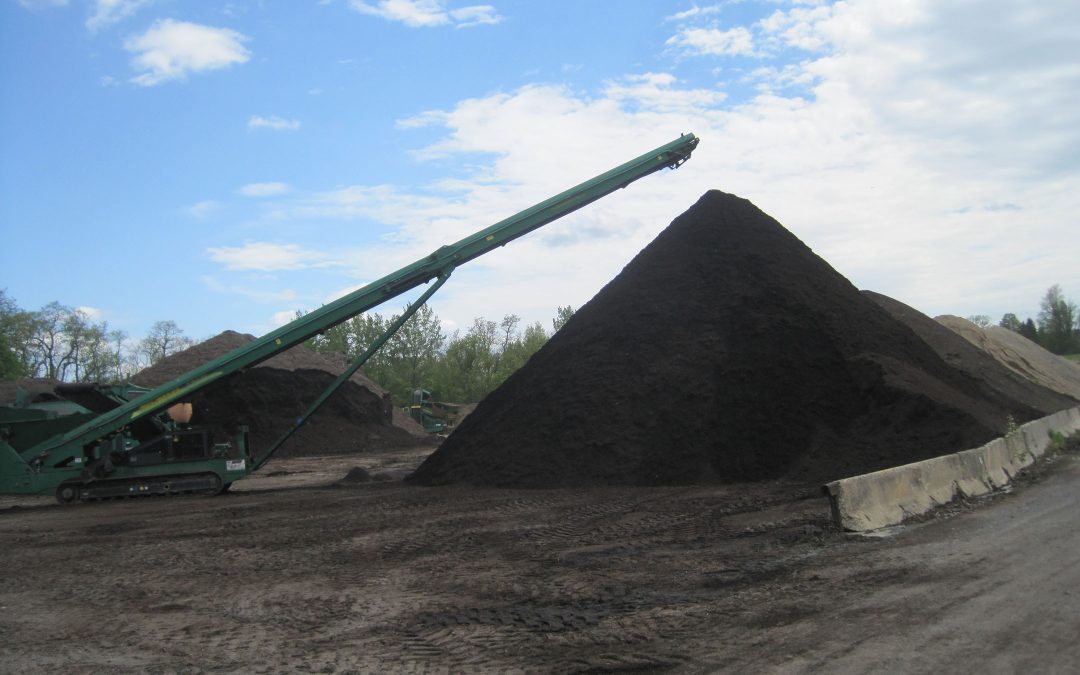
The Importance of Odor Control for Composting Facilities
What Causes Foul Odors When Composting? If not managed properly, organic material that is undergoing the composting process can produce unpleasant odors. The mishandling of compost piles can create an anaerobic environment that produces gases such as hydrogen sulfide...
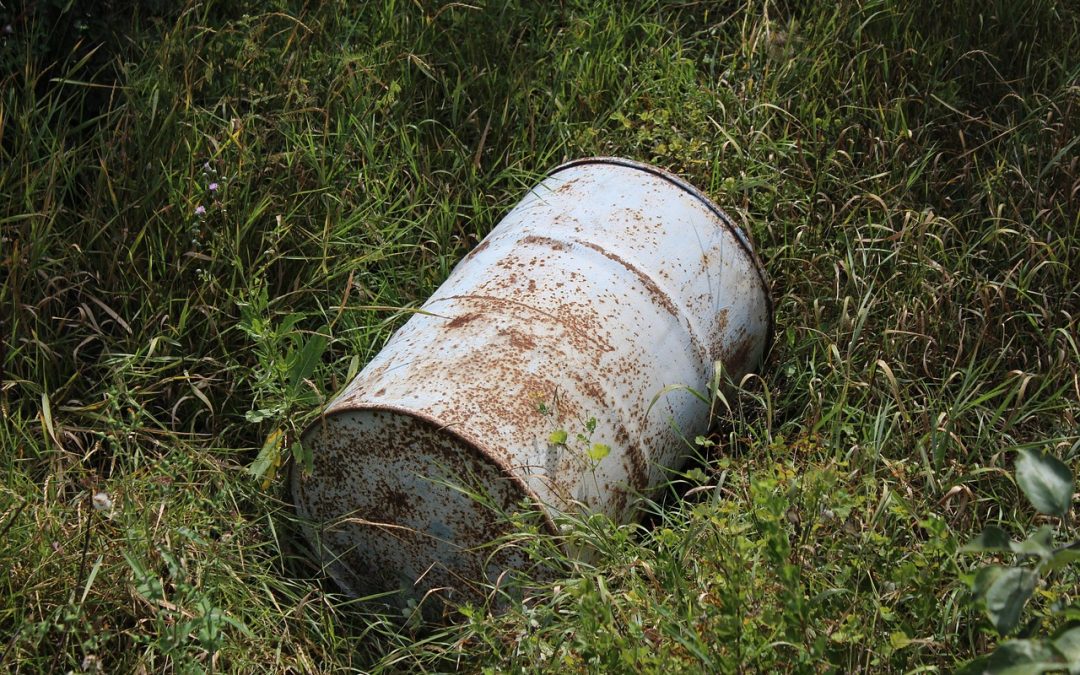
EPA Reconsiders the TSCA Risk Management Rule for Perchloroethylene (PCE)
The Environmental Protection Agency (EPA) has released an important update regarding its ongoing reconsideration of the 2024 Perchloroethylene (PCE) Risk Management Rule under the Toxic Substances Control Act (TSCA). This update outlines EPA’s anticipated timeline for...

Industrial Slings: Purpose, Safe Use, and Proper Application
Slings are the most often used under-the-hook lifting devices. They are attached to and hang below the hook on cranes and hoists. Their purpose is to facilitate the lifting, lowering, and movement of suspended loads. The four most common types of slings include: Chain...
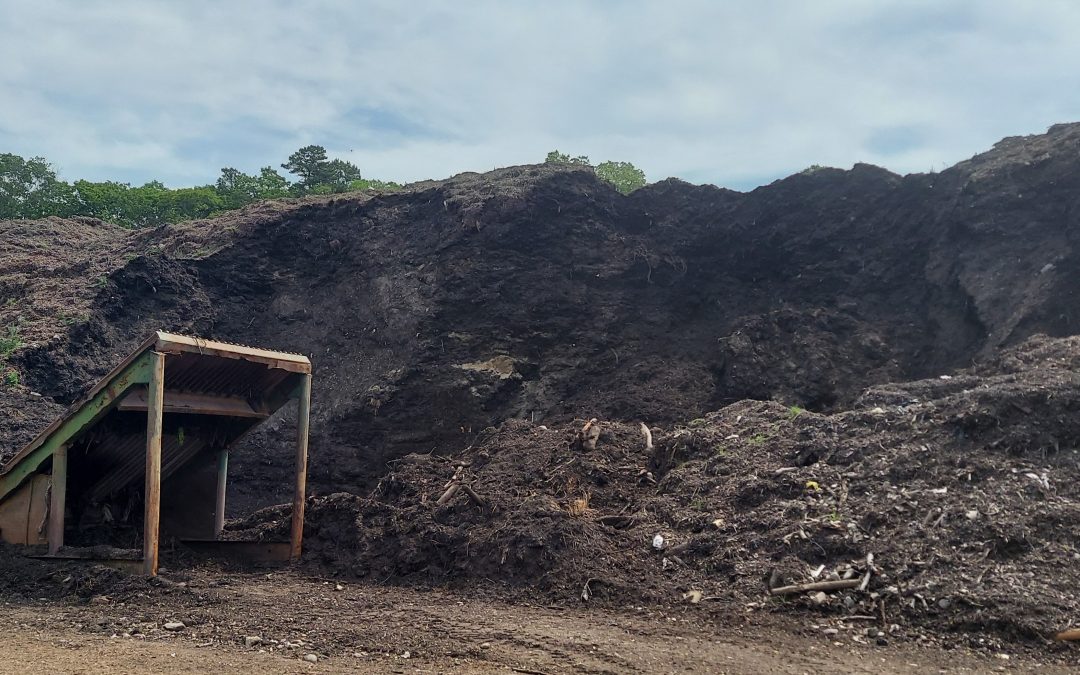
Benefits of Facilities that Compost Organic Material
Why Compost Organic Material? Composting is the process of recycling organic material, such as food waste or yard trimming waste (like leaves and grass), into a beneficial material. Creating compost, rather than just disposing of organic material, helps to reduce the...
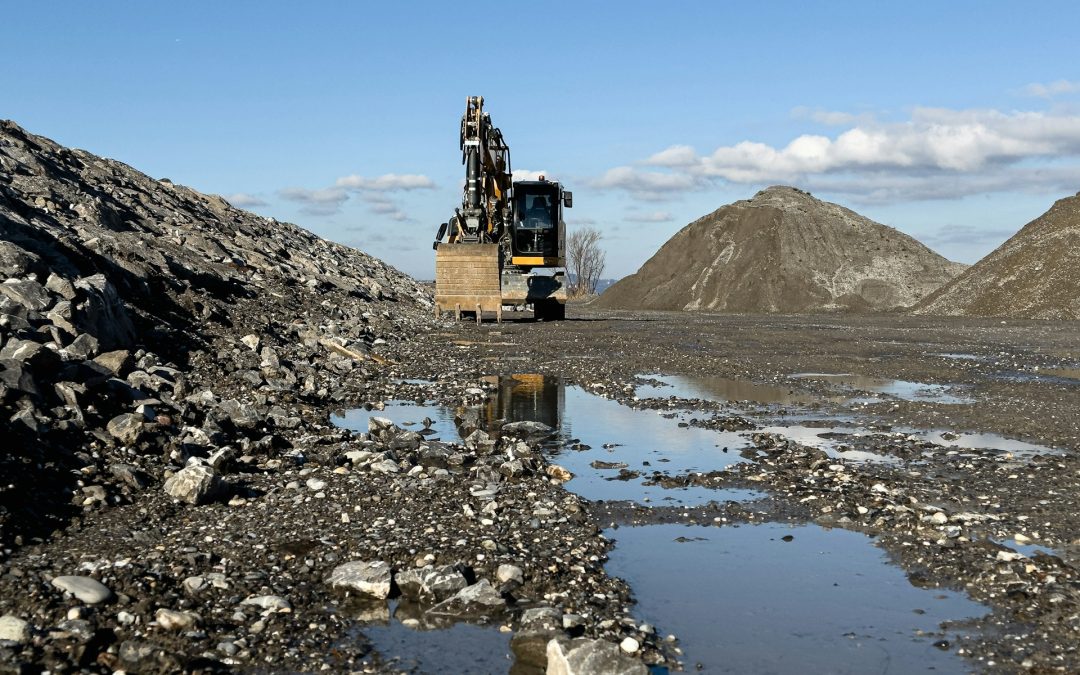
The Importance of Erosion and Sediment Control Training
NYSDEC’s 4-hour Erosion and Sediment Control Training The New York State Department of Environmental Conservation (NYSDEC) hosts four-hour erosion and sediment control trainings in partnership with county soil and water conservation districts. Certain professionals...
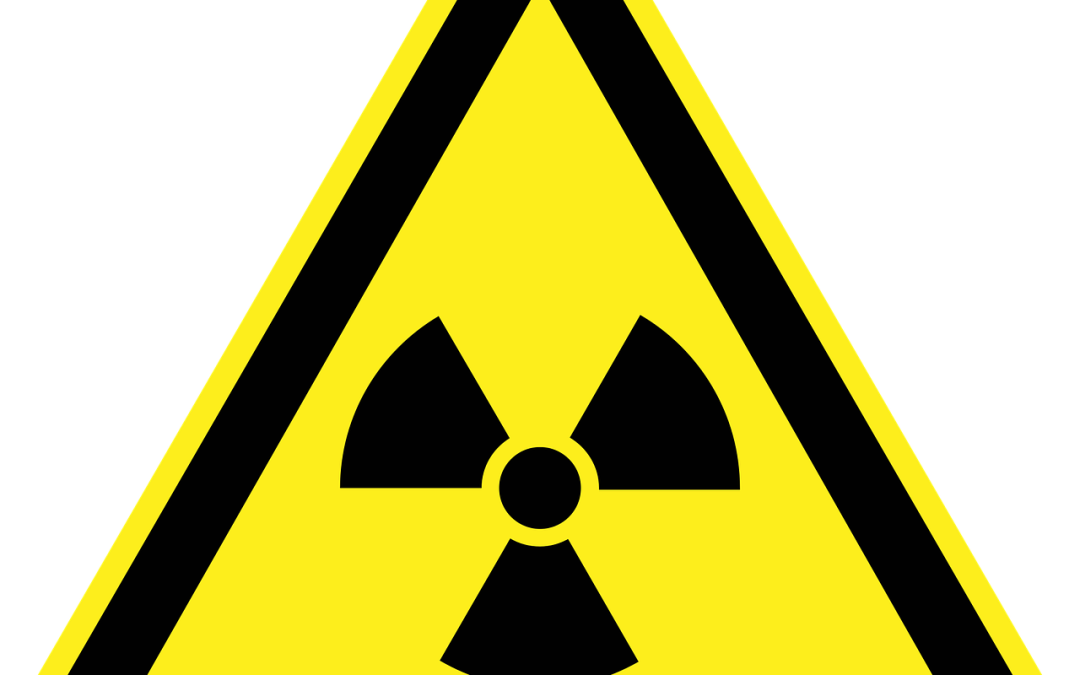
Connecticut Becomes the 40th NRC Agreement State
If your facility uses sealed radioactive gauges, moisture-density equipment, XFR analyzers, or other regulated radioactive sources, you may start noticing some changes in 2026. These changes relate to radioactive material licensing, inspections, and compliance. On...

The Importance of Respirator Fit Testing
If your workplace has determined that respirators are required personal protective equipment (PPE), very few things are more critical than making sure your respiratory protection is actually protecting you. Whether you’re a laboratory technician, construction worker,...
